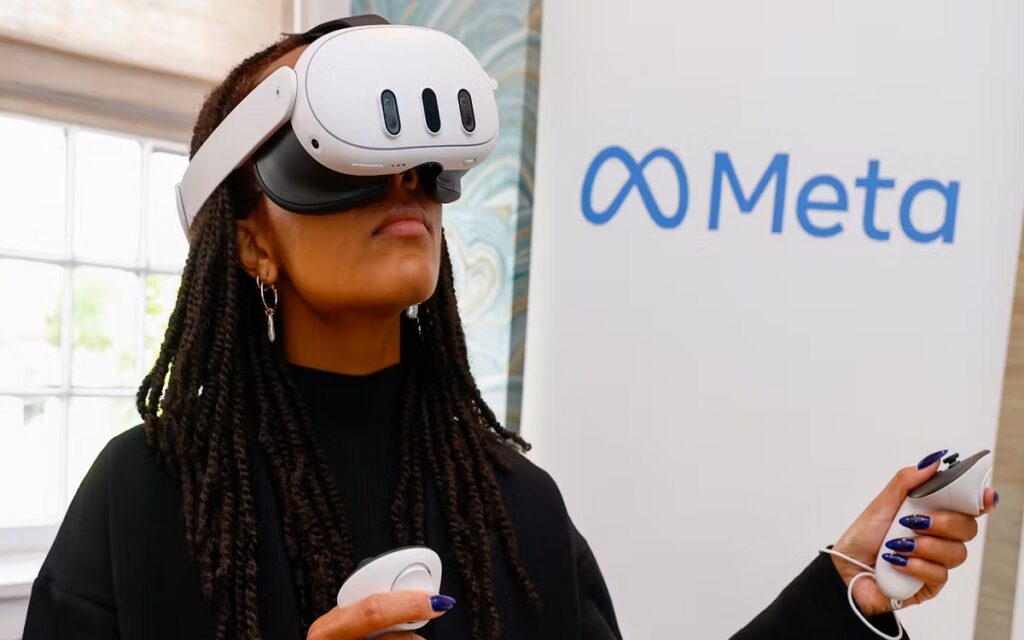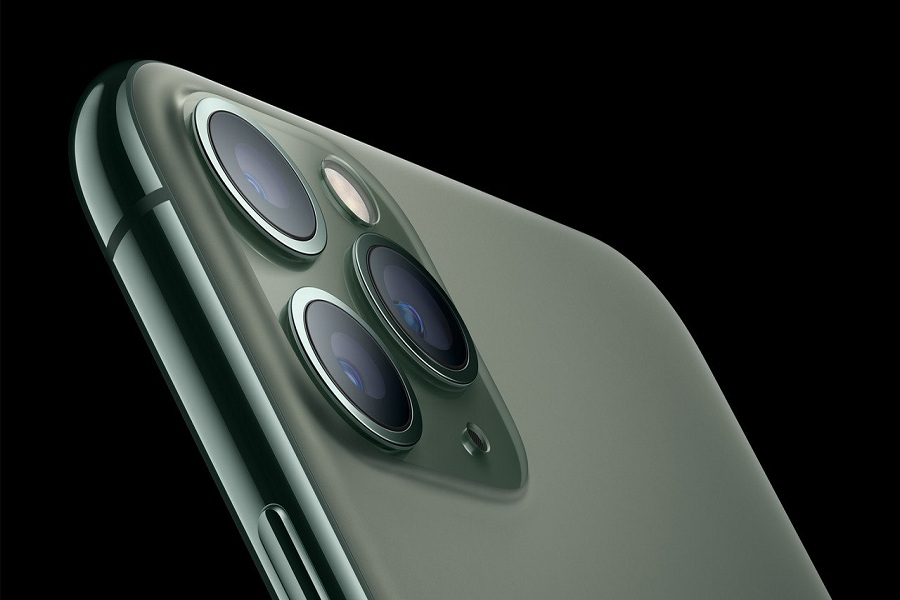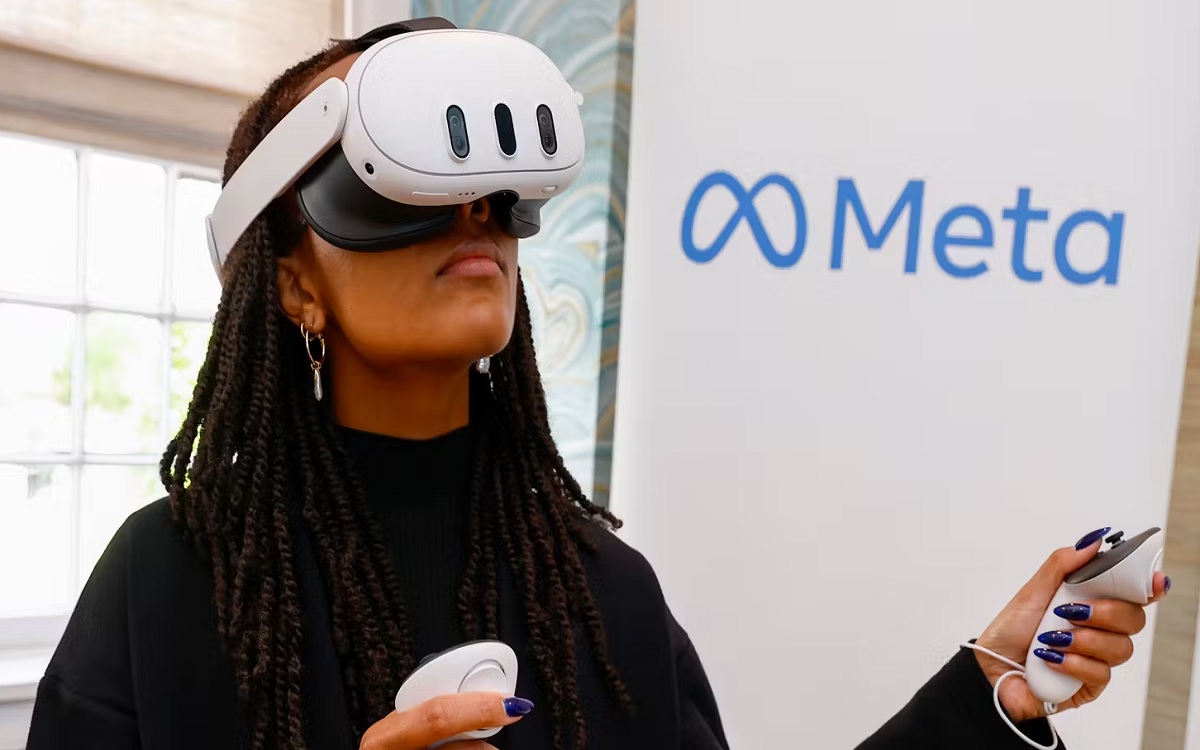Introduction
Meta, formerly known as Facebook, has made the difficult decision to cancel the development of its highly anticipated high-end mixed reality headset. This move comes on the heels of Apple Vision Pro struggles and represents a significant shift in the landscape of virtual and augmented reality technology. As the tech industry grapples with the challenges of bringing advanced mixed reality experiences to consumers, Meta’s decision highlights the complex interplay of market demands, technological capabilities, and economic realities shaping the future of immersive technologies.
Recent Released: Disney Plus Involving Environment Iceland With New 3D
The Rise and Fall of “La Jolla”
A Vision Unrealized
Meta’s now-cancelled headset, codenamed “La Jolla,” was poised to be a game-changer in the world of mixed reality. Scheduled for release in 2027, this high-end device was designed to go head-to-head with Apple’s Vision Pro, featuring cutting-edge micro OLED displays that promised to deliver unparalleled visual fidelity and immersion. The project represented Meta’s ambitious push to dominate the high-end segment of the mixed reality market, building on the company’s existing successes with more affordable VR headsets like the Quest series.
The Cancellation Decision
The fate of “La Jolla” was sealed during a pivotal product review meeting attended by Meta’s top executives, including CEO Mark Zuckerberg. This meeting served as a crucible for the project, where the harsh realities of the market collided with Meta’s lofty aspirations. The decision to cancel the headset was not made lightly, reflecting a careful consideration of multiple factors including market trends, consumer demand, and the overall health of the mixed reality industry.
Employee Reactions and Concerns
The cancellation of “La Jolla” sent shockwaves through Meta’s Reality Labs division, the arm responsible for the company’s AR and VR initiatives. Employees, who had poured their expertise and passion into the project, reacted with a mix of disappointment and frustration. Many saw the high-end headset as a beacon of innovation that could reignite interest in Meta’s AR/VR ambitions. The news of its cancellation raised concerns about the future direction of the company’s immersive technology efforts.
Adding to the employees’ worries were the significant financial losses incurred by the Reality Labs division. Since late 2020, the division has accumulated losses of approximately $50 billion, a staggering figure that underscores the high stakes and challenges involved in pioneering mixed reality technologies.
Market Realities: The Apple Vision Pro Struggle

Initial Expectations vs. Reality
The cancellation of Meta’s high-end headset cannot be fully understood without considering the context of Apple’s Vision Pro launch. When Apple unveiled its mixed reality headset, expectations were sky-high. The tech industry and consumers alike anticipated a revolutionary product that would redefine how we interact with digital content and the world around us. However, the reality has fallen short of these lofty expectations.
Diminishing Consumer Interest
Recent reports indicate a significant decline in consumer interest for the Apple Vision Pro. This waning enthusiasm has led to a drastic reduction in projected sales figures. Industry analysts now estimate that Apple is unlikely to sell even 500,000 units of the Vision Pro in 2024, a far cry from initial forecasts. This tepid market response has sent ripples throughout the mixed reality industry, forcing companies like Meta to reassess their strategies and product pipelines.
Apple’s Strategic Pivot
In response to these challenges, Apple is reportedly shifting its focus towards developing a more affordable mixed reality headset with a reduced feature set. This strategic pivot suggests that even tech giants like Apple are not immune to the market realities and consumer preferences shaping the mixed reality landscape. The move towards a more accessible price point echoes similar strategies being adopted by other players in the industry, including Meta.
Meta’s Mixed Reality Journey
The Quest Pro Setback
Meta’s decision to cancel “La Jolla” is not the company’s first encounter with challenges in the high-end mixed reality market. In 2023, Meta discontinued its Quest Pro headset following weak sales and poor reviews. The Quest Pro, which was positioned as a premium device for both consumers and professionals, failed to gain traction in the market despite its advanced features and capabilities.
Refocusing on Accessibility: The Quest 4
In light of these setbacks, Meta is now doubling down on its efforts to develop the Quest 4 headset. Expected to launch in 2026, the Quest 4 is being positioned as a more accessible option with a target price point of around $500. This strategic shift reflects Meta’s recognition of the importance of balancing advanced features with affordability to drive wider adoption of mixed reality technologies.
Industry Trends and Challenges
The High Cost of Innovation
One of the primary challenges facing companies like Meta and Apple in the mixed reality space is the high cost associated with developing and producing advanced headsets. The sophisticated components required for high-fidelity mixed reality experiences, such as micro OLED displays and powerful processors, drive up manufacturing costs significantly. These costs, in turn, lead to high retail prices that can be a barrier to widespread adoption.
Consumer Expectations vs. Technological Capabilities
Another significant challenge is bridging the gap between consumer expectations and the current capabilities of mixed reality technology. While the promise of seamlessly blending digital content with the physical world is enticing, the reality often falls short of users’ imaginations. Issues such as limited field of view, the need for bulky headsets, and the lack of compelling content can dampen enthusiasm for even the most advanced devices.
The Content Conundrum
A critical factor in the success of any mixed reality platform is the availability of engaging and useful content. Both Meta and Apple have invested heavily in content development, but creating a robust ecosystem of applications and experiences that truly showcase the potential of mixed reality remains a significant challenge. Without killer apps that demonstrate clear value to consumers, even the most technologically advanced headsets may struggle to find an audience.
The Future of Mixed Reality
Lessons Learned
The cancellation of Meta’s high-end headset and the struggles faced by Apple’s Vision Pro offer valuable lessons for the mixed reality industry. These experiences highlight the importance of aligning product development with market realities and consumer preferences. Companies in this space may need to focus on incremental improvements and more accessible price points to drive adoption before pushing the boundaries with ultra-premium devices.
Potential for Growth
Despite the current challenges, the potential for growth in the mixed reality market remains significant. As technology improves and becomes more affordable, and as developers create more compelling content and use cases, consumer interest is likely to increase. The key for companies like Meta and Apple will be to find the right balance between innovation and accessibility.
Emerging Applications
While consumer adoption of mixed reality technologies has been slower than initially anticipated, there are promising applications emerging in enterprise and specialized sectors. Fields such as healthcare, education, and industrial design are finding valuable uses for mixed reality, potentially paving the way for broader adoption in the future.
Finally
Meta’s decision to cancel its high-end mixed reality headset marks a significant moment in the evolution of the AR/VR industry. It reflects the complex challenges facing companies as they navigate the delicate balance between technological innovation and market realities. As the industry recalibrates its approach, focusing on more accessible and practical solutions, we may be witnessing a crucial turning point in the development of mixed reality technologies.
The struggles faced by both Meta and Apple serve as a reminder that even the most promising technologies must ultimately prove their value to consumers. As the mixed reality landscape continues to evolve, companies will need to remain agile, responsive to market feedback, and focused on creating experiences that truly enhance users’ lives. While the cancellation of “La Jolla” may seem like a setback, it could ultimately lead to a more sustainable and user-centric approach to mixed reality development.
The future of mixed reality remains bright, but it may take a different path than initially envisioned. By learning from these experiences and adapting strategies accordingly, companies like Meta and Apple can continue to drive innovation in this space, potentially unlocking the true potential of mixed reality technology in the years to come.
Table: Comparing High-End Mixed Reality Headsets
| Feature | Meta “La Jolla” (Cancelled) | Apple Vision Pro | Meta Quest Pro (Discontinued) |
| Release Date | Planned for 2027 | 2024 | 2022 |
| Display Technology | Advanced micro OLED | Micro OLED | LCD |
| Target Price | Unknown (High-End) | $3,499 | $999 (originally $1,499) |
| Market Positioning | High-end consumer and professional | High-end consumer and professional | Professional and enthusiast |
| Key Features | Unknown (Cancelled before full reveal) | Spatial computing, high-resolution displays, eye and hand tracking | Mixed reality capabilities, color passthrough, face and eye tracking |
| Current Status | Cancelled | Struggling with sales projections | Discontinued in 2023 |
| Projected Sales | N/A | Less than 500,000 units in 2024 | Weak sales (exact figures not disclosed) |
| Company’s Next Steps | Focusing on Quest 4 development | Reportedly developing a more affordable model | Focusing on Quest 4 and other AR initiatives |
This table provides a comparative overview of the high-end mixed reality headsets from Meta and Apple, highlighting their key features, market positioning, and current status. It illustrates the challenges faced by both companies in the premium mixed reality market and their subsequent strategic shifts.






